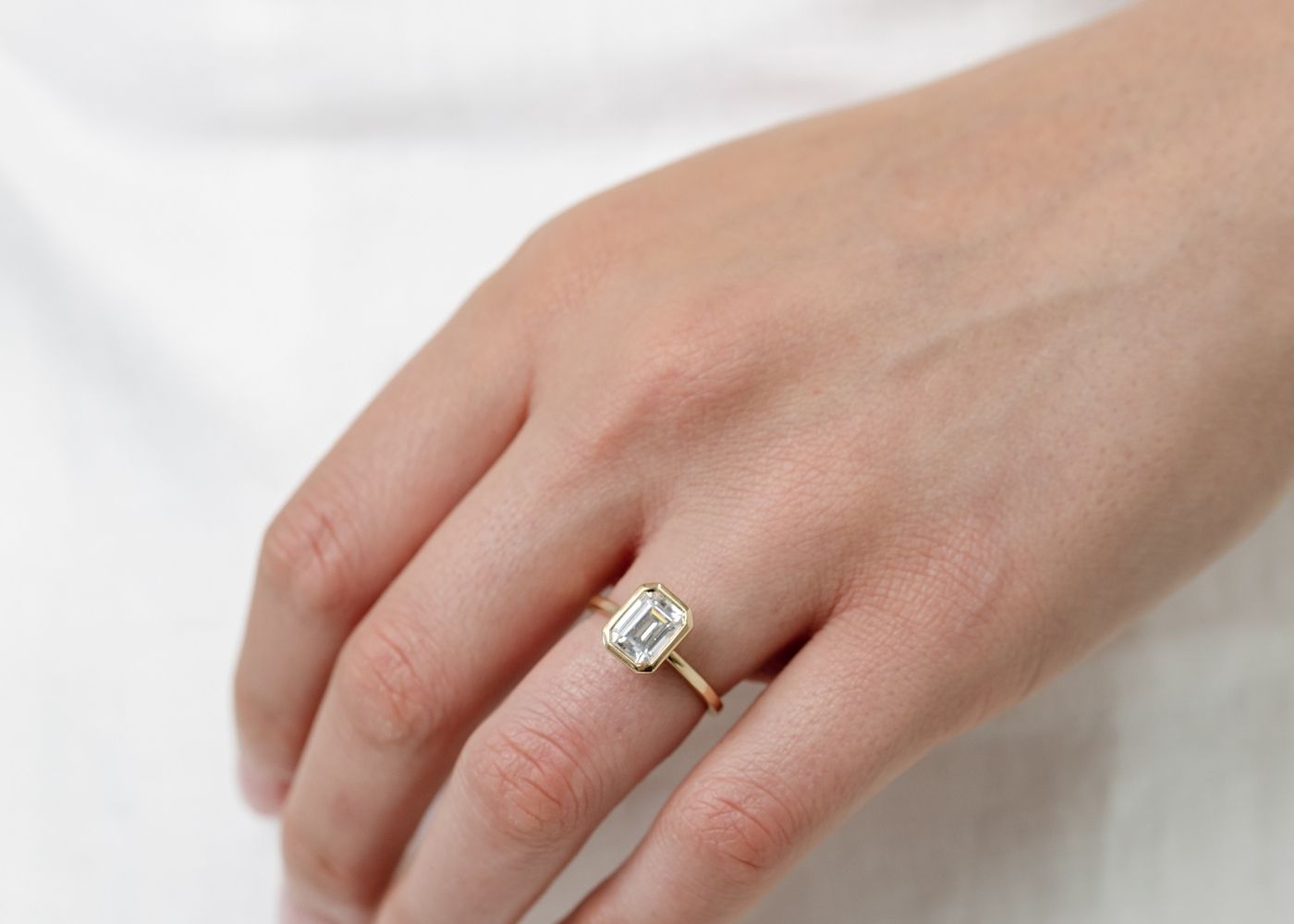Tanzanite
General Information about Tanzanite
- Tanzanite is a variety of the mineral zoisite.
- It is a sorosilicate with the chemical formula (Ca(SiO)(Si)O(OH)) + (Cr,Sr).
- Tanzanite belongs to the epidote mineral group.
- It is known for its royal blue, indigo, and violet/purple color.
- The crystal habit of tanzanite is prismatic with striations; it can also be massive to columnar.
Geology and Discovery of Tanzanite
- Tanzanite was formed around 585 million years ago during the mid-Ediacaran Period.
- It was formed due to plate tectonic activity and intense heat in the area that later became Mount Kilimanjaro.
- Deposits of tanzanite are typically found in the hinge of isoclinal folds.
- The mineral is located in a complex geological environment.
- Tanzanite was discovered in January 1967 by Jumanne Mhero Ngoma.
- Ngoma found the sparkling blue stones at the Mererani hills in the Kiteto district of Tanzania.
- The gemstone was initially mistaken for olivine and dumortierite before being correctly identified as a variety of zoisite.
- The name 'tanzanite' was given to the gemstone by Tiffany & Co. after Tanzania, the country of its discovery.
Commercial History and Mining Developments of Tanzanite
- In July 1967, transparent fragments of tanzanite were found by Manuel de Souza near Mererani.
- The gemstone was initially thought to be olivine or dumortierite.
- The correct identification was made by the Gemological Institute of America and other mineralogists.
- Tiffany & Co. renamed the gemstone as 'tanzanite' to capitalize on its rarity and single location.
- In 1971, the Tanzanian government nationalized the tanzanite mines.
- The Tanzanian government split the tanzanite mines into four sections: Blocks A, B, C, and D.
- TanzaniteOne, a major player in the tanzanite market, obtained the lease for Block C.
- Legislation was introduced in 2003 to ban the export of unprocessed tanzanite to India.
- In 2010, the government banned the export of rough stones weighing more than one gram.
- TanzaniteOne Mining Ltd. is owned by Richland Resources and had a record production in 2019.
Heat Treatment and Pleochroism in Tanzanite
- Tanzanite forms as a brownish crystal and is trichroic, showing three colors concurrently: brown, blue, and violet.
- Heating removes the brown or burgundy color component, producing a stronger violet-blue color and making the stone dichroic.
- Some gem-quality tanzanite can heat to a green primary hue, but it is seldom of interest to commercial buyers.
- Heat treatment is usually carried out at temperatures between 370 and 390°C for 30 minutes.
- Tanzanite found close to the surface in the early days of discovery may not require heat treatment.
- Tanzanite is a pleochroic gemstone, meaning it appears to have multiple colors based on the angle of light.
- Most tanzanite appears blue when viewed from one direction but can vary from violet to red when seen from a different angle.
- The cutting process can be challenging due to the problem of selecting the perfect color.
- The finished color of the gemstone depends on how the table cut reflects the light.
Imitation and Cobalt-coated Tanzanite
- Tanzanite has never been successfully synthesized in a laboratory, so all genuine tanzanite is naturally occurring.
- Tanzanite has been imitated using materials such as cubic zirconia, synthetic spinel, yttrium aluminium garnet, and colored glass.
- Genuine tanzanite can be distinguished from imitations using a dichroscope, as only tanzanite will appear doubly refractive.
- Synthetic forsterite has been sold as tanzanite but can be distinguished through refractometer readings and Hanneman filter tests.
- Lower grades of tanzanite are occasionally enhanced using a layer of cobalt, but the practice is considered deceptive unless disclosed.
Tanzanite Data Sources
| Reference | URL |
|---|---|
| Glossary | https://harryandcojewellery.com.au/blogs/glossary/tanzanite |
| Wikipedia | http://en.wikipedia.org/wiki/Tanzanite |
| Wikidata | https://www.wikidata.org/wiki/Q429942 |
| Knowledge Graph | https://www.google.com/search?kgmid=/m/01stxp |





